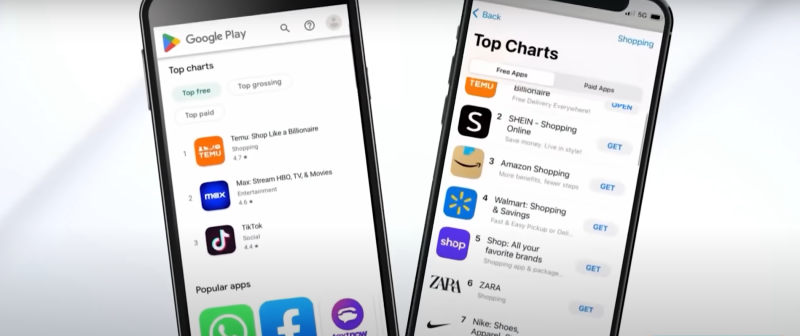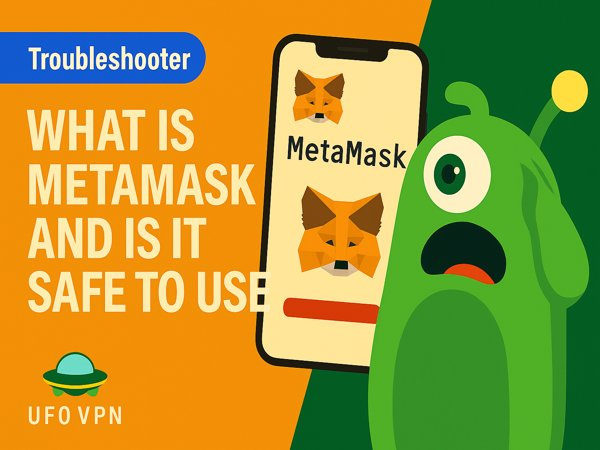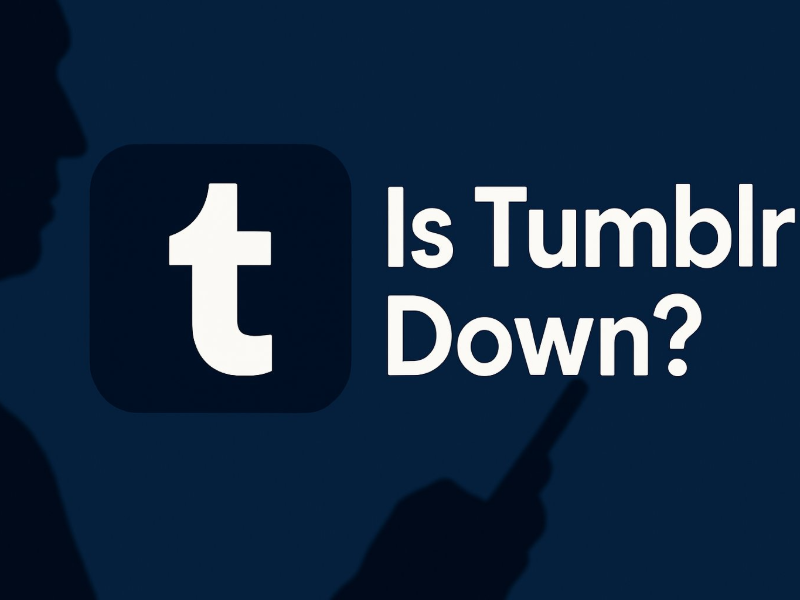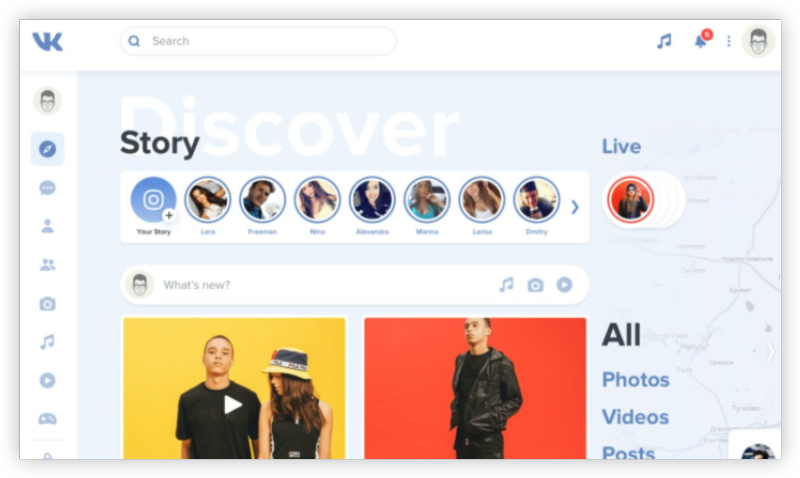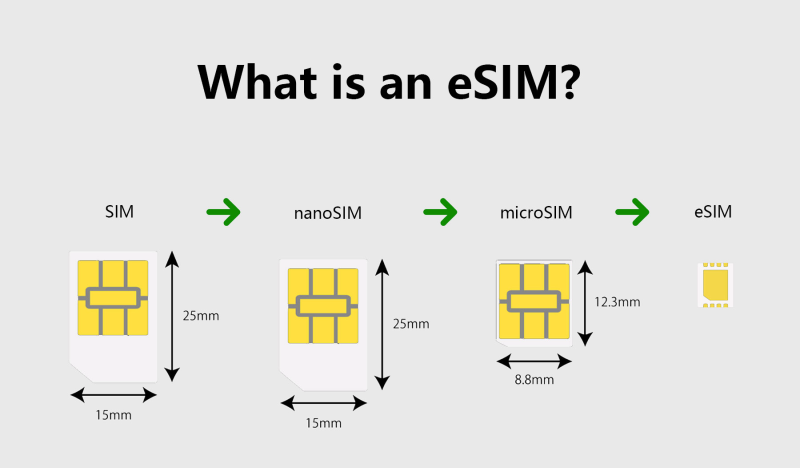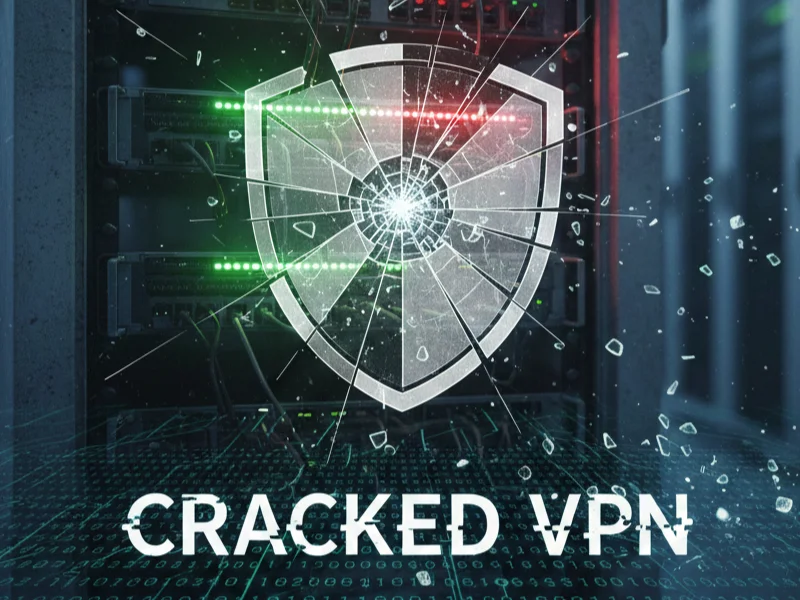What is Amazon Rekognition?
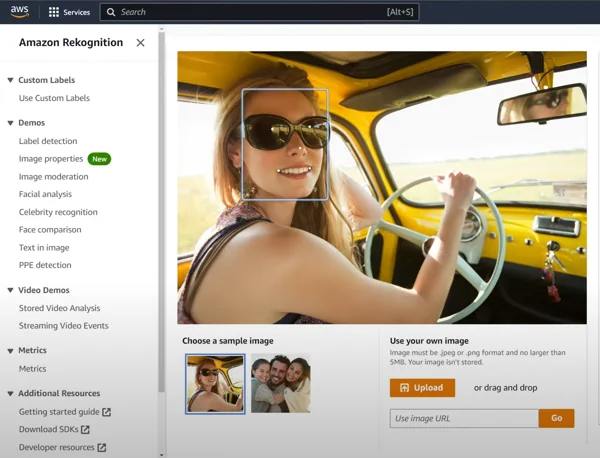
Amazon Rekognition is a cloud-based image and video analysis service offered by AWS (Amazon Web Services). It uses advanced deep learning models to detect, analyze, and recognize objects, faces, and activities in images and videos. Businesses, developers, and organizations leverage it for tasks like identity verification, content moderation, and surveillance.
Core Features of Amazon Rekognition
- Facial Recognition: Identifies individuals in photos or videos and matches them against existing databases.
- Object and Scene Detection: Recognizes common objects, environments, and even activities.
- Text Detection (OCR): Reads printed or handwritten text in images.
- Content Moderation: Flags inappropriate, unsafe, or restricted content automatically.
- Celebrity Recognition: Detects and identifies well-known personalities.
- Facial Analysis: Provides insights like age range, emotions, and facial attributes.
- Custom Labels: Allows businesses to train models for industry-specific needs.
How Amazon Rekognition Works
Amazon Rekognition relies on deep learning algorithms running on AWS infrastructure. When a user uploads an image or video, the system breaks it down into pixels and applies trained neural networks to recognize patterns. These models have been pre-trained on millions of samples, enabling accurate detection.
- Step 1: Upload image/video through the API or AWS console.
- Step 2: The system analyzes content using AI models.
- Step 3: Results are returned with detected labels, objects, or faces.
This process is nearly real-time, so using a free proxy VPN in UFO VPN browsing on Amazon improves your shopping experience and makes it useful for live surveillance and streaming platforms.
Benefits of Amazon Rekognition
Scalability: Can handle thousands of images or hours of video without manual intervention.
Cost-Effective: Pay-as-you-go pricing eliminates upfront infrastructure costs.
Versatility: Supports industries like retail, law enforcement, social media, and healthcare.
Improved Security: Enhances identity verification and fraud detection.
Automation: Reduces reliance on manual moderation or monitoring.
Criticisms of Amazon Rekognition
Privacy Concerns: Widespread use raises questions about surveillance and data security.
Accuracy Issues: Studies show misidentification risks, especially among minority groups.
Ethical Debates: Concerns about misuse by governments or corporations for mass surveillance.
Bias in AI: Algorithms may reflect biases in training data, impacting fairness.
Amazon Rekognition vs Competitors
| Feature / Service | Amazon Rekognition | Google Cloud Vision | Microsoft Azure Face API | IBM Watson Visual Recognition |
|---|---|---|---|---|
| Core Focus | Image & video analysis, face detection, content moderation | Image recognition, object detection, text extraction, translation | Facial recognition, verification, emotion detection | Customizable visual recognition for industry-specific needs |
| Key Strengths | Scalable with AWS, strong integration with Alexa, Ring, and cloud services | Powerful AI models, seamless integration with Google Cloud ecosystem | Advanced facial analysis, secure authentication, identity verification | High customization, flexibility for tailored industry solutions |
| Use Cases | Security, surveillance, customer experience, compliance | OCR, content categorization, translation, media organization | Authentication, access control, customer identity verification | Healthcare, manufacturing, and niche enterprise applications |
| Integration | Deep AWS ecosystem integration | Tight integration with Google Cloud AI/ML tools | Strong within Microsoft ecosystem (Azure, Office 365) | Compatible with IBM enterprise solutions |
| Adoption Level | Widely used across industries, including law enforcement | Popular with developers and enterprises already on Google Cloud | Strong adoption in security and enterprise authentication | Moderate adoption, more common in enterprise-specific use cases |
| Limitations | Criticism over privacy and bia | Limited facial recognition compared to Rekognition or Azure | More narrowly focused on faces than objects/videos | Less widely adopted, limited community support |
Should You Use Amazon Rekognition?
Choosing Amazon Rekognition depends on your needs. If your project demands scalability, affordability, and integration with AWS services, it’s an excellent fit. However, organizations concerned about privacy, ethics, or government regulations should carefully weigh alternatives.
Future of Amazon Rekognition
The future points toward more responsible AI usage. Amazon may enhance transparency, accuracy, and bias reduction. As industries increasingly rely on AI-driven visual analysis, Rekognition will likely evolve with stricter ethical guidelines and advanced customization features.
Conclusion
Amazon Rekognition is a powerful tool that blends artificial intelligence with practical business use cases. From analyzing customer behavior to moderating content, its potential is vast. However, its ethical implications cannot be ignored. Striking a balance between innovation and responsibility will define its long-term role in AI and society.
FAQs
1. Is Amazon Rekognition free?
Amazon Rekognition offers a free tier with limited usage. Beyond that, it charges based on the number of images or video minutes processed.
2. Can Amazon Rekognition identify emotions?
Yes, it can detect emotions such as happiness, sadness, anger, and surprise with facial analysis.
3. What industries use Amazon Rekognition?
It’s widely used in security, retail, social media, law enforcement, and healthcare for tasks like identity verification and content moderation.
4. How accurate is Amazon Rekognition?
Accuracy depends on the quality of images and training data. While effective, it may still produce errors or biases in recognition.
5. Can I train Amazon Rekognition for custom needs?
Yes, the custom labels feature allows you to train the service to detect objects specific to your business or industry.


